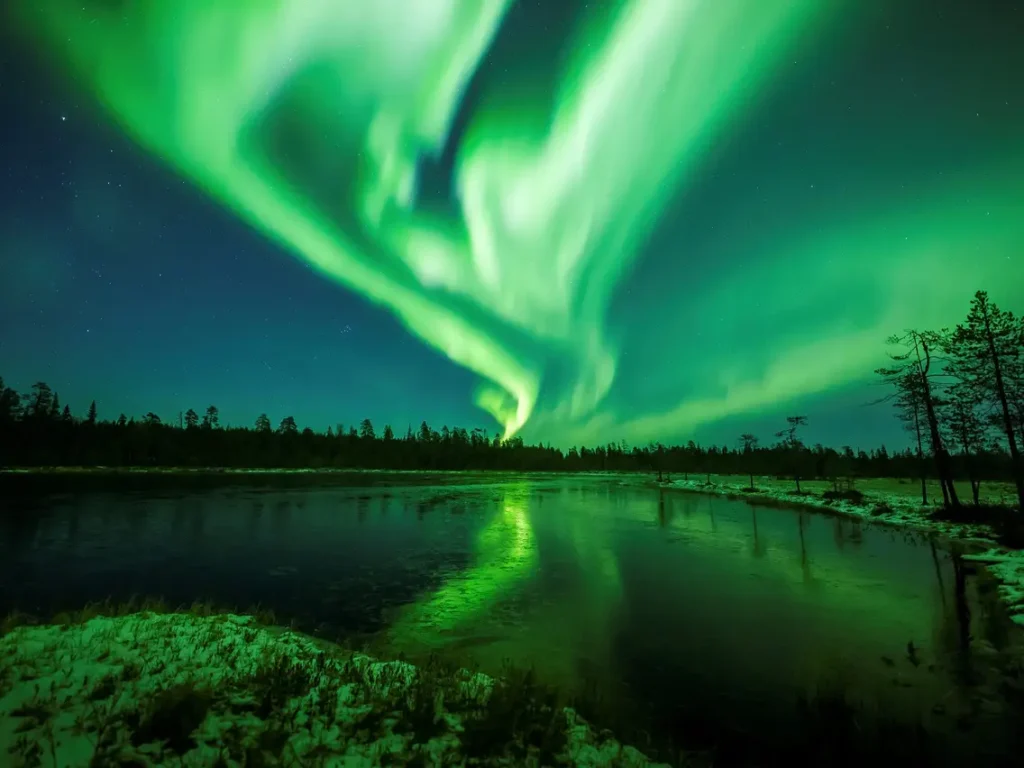A remarkable geomagnetic storm in mid-May illuminated the skies with auroras across much of the world, even extending deep into the tropics—a rare occurrence that may not happen again soon. However, as we approach the solar maximum, the peak of the sun’s 11-year cycle of activity, more strong geomagnetic storms are likely later this year, offering hope to aurora enthusiasts worldwide for more dazzling displays in the near future.
The captivating aurora spectacle on May 10, 2024, was the result of three coronal mass ejections (CMEs) originating from the sun’s outer atmosphere and heading towards Earth. These CMEs, composed of magnetized plasma ejected due to disruptions in the sun’s magnetic field, merged before impacting Earth’s atmosphere, resulting in an extraordinary aurora show.
The main contributor to this generational aurora display was Active Region 3664 (AR3664), a cluster of sunspots on the sun’s surface that grew significantly larger than Earth. Sunspots like AR3664 often disrupt the sun’s magnetic field, leading to the release of CMEs or powerful solar flares.
Although AR3664 rotated out of view shortly after the mid-May auroras, smaller sunspot regions emerged, indicating increasing solar activity as we approach the solar maximum. Scientists anticipate reaching solar maximum in July 2025, with heightened activity persisting for some time thereafter, providing ample opportunities for aurora sightings, especially at lower latitudes.
Predicting aurora occurrences, however, remains challenging compared to terrestrial weather forecasting. Space weather forecasting typically relies on real-time observations of solar activity, with predictions issued once a CME or solar flare is detected.
One useful tool for predicting auroras is the Kp Index, which measures geomagnetic activity related to auroras. Higher Kp values indicate increased auroral activity, with readings above Kp 5 capable of producing vivid auroras visible at lower latitudes.
Despite advancements in space weather monitoring, instances of extreme geomagnetic activity, such as reaching a Kp 9 on the index, remain rare but memorable events, offering captivating aurora displays visible to millions worldwide.
As we look forward to future aurora events, keeping an eye on sunspot activity and the Kp Index will be key to anticipating when and where these breathtaking displays may occur.
